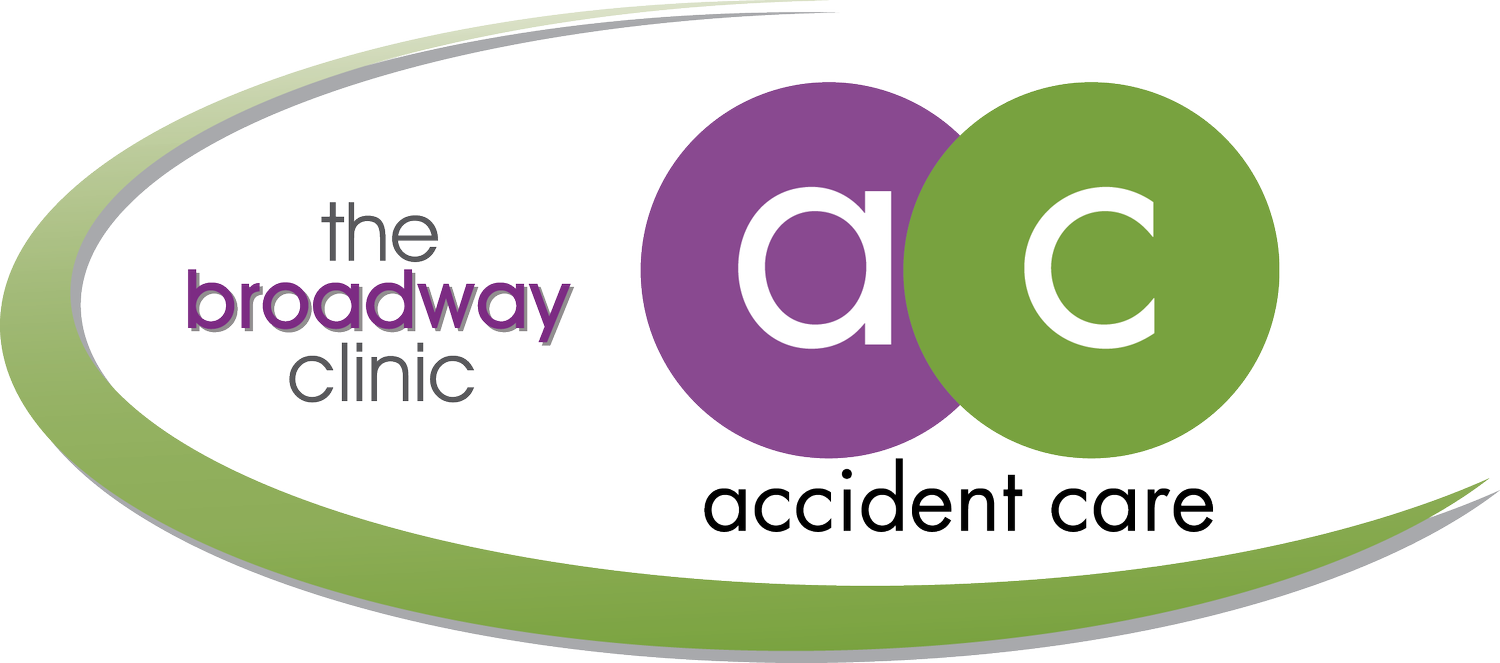Navigating Soft Tissue Injuries After Car Accidents
Car accidents can be life-altering events, leaving victims with not only visible injuries but also hidden ones, like soft tissue injuries. This comprehensive guide will delve into common soft tissue injuries from car accidents. We aim to illuminate the importance of promptly seeking medical attention at an injury and accident clinic. We'll explore various soft tissue injuries, their symptoms, and the treatment options available to help victims recover and regain their quality of life.
Understanding Soft Tissue Injuries
Soft tissue injuries encompass a range of injuries that affect the body's muscles, tendons, ligaments, and other non-bony structures. These injuries often occur due to the sudden force and impact experienced during car accidents. Let's take a closer look at some of the most common soft tissue injuries:
Whiplash: Whiplash is a well-known soft tissue injury resulting from the neck's rapid back-and-forth motion during a collision. It can cause neck pain, stiffness, headaches, and cognitive issues. Seeking immediate care at an injury and accident clinic is crucial for effective treatment.
Sprains and Strains: Car accidents can lead to sprained or strained muscles and ligaments. These injuries can cause pain, swelling, and limited mobility in the affected area. Physical therapy and rehabilitation are often recommended for recovery.
Tendonitis: Tendonitis is the inflammation of tendons, which connect muscles to bones. It can occur in various parts of the body, such as the shoulder or elbow, due to the impact of an accident. Rest, ice, and proper medical care can help alleviate symptoms.
Contusions: Contusions, or bruises, are common soft tissue injuries in car accidents. They may seem minor but can indicate deeper tissue damage. An injury and accident clinic can assess the extent of the injury and provide necessary treatment.
Symptoms and Diagnosis
Identifying soft tissue injuries can be challenging, as symptoms may not manifest immediately after the accident. It's crucial to watch for signs such as pain, swelling, bruising, and restricted range of motion. If you experience these symptoms, consult a medical professional, preferably at an injury and accident clinic, for a thorough evaluation. Advanced imaging techniques like MRI scans may be used to diagnose these injuries accurately.
Treatment Options
Effective treatment of soft tissue injuries often involves a multi-faceted approach tailored to the severity of the injury. Here are some common treatment options:
Rest and Immobilization: Resting and immobilizing the injured area with a brace or cast can promote healing.
Physical Therapy: Therapy sessions at an injury and accident clinic can help restore strength and mobility in the affected area.
Medications: Pain-relieving medications and anti-inflammatories may be prescribed to manage pain and reduce inflammation.
Injections: In some cases, corticosteroids or platelet-rich plasma (PRP) injections can be used to accelerate healing.
Surgery: Severe soft tissue injuries may require surgical intervention to repair damaged structures.
Take Control of Your Recovery with The Broadway Clinic Accident Care!
Are you suffering from the aftermath of a car accident? At The Broadway Clinic Accident Care, we specialize in helping individuals like you regain their health and peace of mind. Our experienced team of medical professionals is here to provide top-notch care and support throughout your recovery journey. Don't let soft tissue injuries hold you back. Take the first step towards healing and reclaim your life. Contact us today to schedule an appointment and let us guide you on the path to recovery. Your well-being is our priority, and we're here to help you every step of the way.
**Disclaimer: This content is not the advice of a medical expert and establishes no doctor-patient obligation or relationship.

